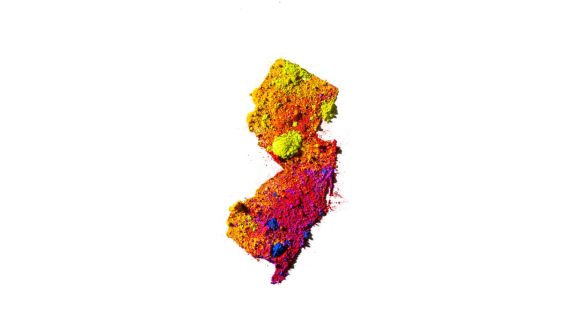- Sponsored
Hawaii’s use of AI to improve climate resilience and create safer communities
Over the last decade, certain communities are increasingly impacted by climate events and changes. State agencies like Hawaii’s Department of Transportation are using artificial intelligence and analytics tools to improve their operations and maintenance plans and include climate prediction models in their planning documents to better serve communities and build resiliency against anticipated changes to the infrastructure needs.
In a recent panel produced by Scoop News Group for StateScoop, Hawaii DOT Director Ed Sniffen and Google Cloud Enterprise Architect Daniel Liu discussed how AI tools help to protect communities, preserve infrastructure and ensure access to resources.
Sniffen explained how DOT leaders sought out an analytics platform that allows them to layer on information from diverse data sets and have better visibility of all the things that affect their system, such as land use, equity or the condition of the system itself. The Climate Adaptation Action Plan, one of their key planning documents, considers eight impacts on the system to drive future planning goals.
“The biggest issues that we saw from an emergency perspective in the past was always ocean surge. We saw fatalities occurring near the ocean when we had larger surfs or we had big storms coming in,” Sniffen explained.
“This ensures that when we work towards our operations and maintenance plans, our capital improvement plans, and definitely our climate adaptation action plans, we are affecting things that will benefit the communities, given what we know is coming in the future,” Sniffen explained.
Liu added that Google’s mission to “organize the world’s information and make it usable and accessible to everyone on the planet” extends to how they work with States to gain visibility of their data, referring to the “Data Hub” that Google provides for data visibility.
“Collectively, Google has about 120 data sets that we collect from the States. And we also provide quite a bit of Google’s data sets such as Google Earth Engine data, Google Maps data, Waze data and public data sets from Google — which included things like equity data and health data — because to correlate all those data sets to make sense, we need all those data to put together into a single platform,” shared Liu.
Additionally, Liu shared that more use cases show that generative AI can better assist in predicting extreme weather events and impacts, for example, on the geological sea coastline, over time.
“Ten years from now, 20 years from now, we should be able to predict how things change and how that can impact the way people live in this area,” said Liu.
Another big challenge data analytics platforms help Hawaii DOT address, according to Sniffen, is streamlining decision-making and workload priorities for an understaffed agency.
“Hawaii has 20-to-25% vacancy, and we see this across the nation across all DOTs and in all engineering disciplines that support the DOTs. Given that, we’re going to make sure that the lower-level thought processes are taken out of the equation so that our people can focus on the higher-level pieces,” said Sniffen.
Watch the full discussion to learn more about how artificial intelligence helps improve climate resilience and create safer communities and hear more from other state leaders about how they are using AI to solve mission challenges.
This video panel discussion was produced by Scoop News Group for StateScoop, and underwritten by Google for Government.


